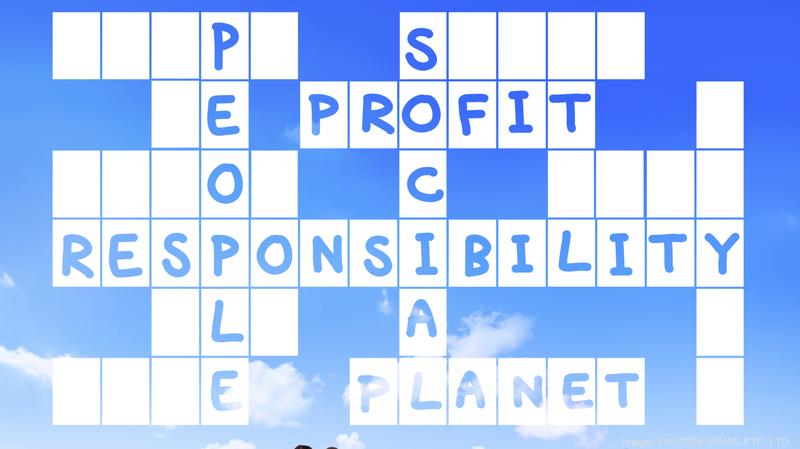This is the era of social change enabled by platforms such as whatsapp, facebook, twitter, change.org and many more.
Its driven by people congregating together around shared concerns, digital activism and ongoing conversations.
Most companies use CSR initiatives to build reputation and have huge media budgets yet social media forms a limited part of their communication and engagement process around CSR. In a recent survey only 34.6% of the organisations said they use social media for thought leadership and 26.9% said they use social media for CSR.
Last year there were multiple examples of the connected customer taking control. No longer just passive consumers, the customer expects a dialogue, specially when it comes to socially responsible activities. The social risk of doing business is likely to increase as reputation and responsibility converge in a world of demanding customers. The changing communication landscape means that companies are increasingly using the internet for communicating their message. Social media has started playing an important role in corporate communication. Companies regularly communicate their brand, marketing promotion, corporate promotion etc. through social media. Yet, when it comes to communicating CSR and sustainability companies tend to rely more on old-world media.
While reports work perfectly well in communicating a historical perspective they are little use when stakeholders demand instant answers to an issue they may take umbrage to. Companies need to think of new ways of engaging stakeholders.
Social media and CSR are perhaps the 2 most important triggers to change in the 21st century. Yet in the Indian and even the international context one is seeing limited use. Social media is largely being used as a broadcast mechanism – e.g.. a brand recently put the following as an agency KRA. 5 Facebook updates, 10 twitter updates per day. For a medium which is built around engagement and conversations should such a brief even be considered? Doing good alone is not enough, this needs to be communicated as well. Companies typically communicate their CSR activities through sustainability reports, business responsibility reports, annual reports and company website. In most cases this is an annual exercise. Other means of communicating include PR releases and advertisements in the print media. These are one-off events. Brand Dashboards need to move from conventional thinking towards more active engagement that tracks active trends, brand conversations to real time interfaces of service and information delivery.
Brands that survive in this century will need to be trusted and social media is as a good way of building this trust. Social media tends to be useful medium. One communicates frequently rather than at the end of the year. It also acts as a useful feedback mechanism. The intended audience responds in real time to your work. It lets you know whether you are on or off target. It also let you know the mood of the audience and you can undertake a course correction. It also lets you communicate in very many ways. You could use text, images, multimedia etc. Depending on the context the content can be crafted in the appropriate manner.
You could also choose the medium depending on:
– Speed of diffusion: how quickly is your message likely to spread
– Credibility of the message: How credibly is your message likely to be perceived
– Detail delivered: How much detail can you provide in your communication
Utilising social media for CSR communication requires several mindset changes:
Master the medium: There are several outlets that can be utilized for communicating your CSR and Sustainability performance. Be it e-mail, blog, published reports, social media, etc. This needs companies to master each medium to communicate effectively with their stakeholders.
Shift the focus: Sustainability reports are seen as one time efforts. Can we not change to communication that takes place all year round? This will provide continuous reporting and constant engagement through real time information.
Engage the stakeholders: Can companies start thinking about stakeholders reporting their CSR performance. This does two things. One, it engages the stakeholders. Two, the stakeholder’s story gets told in their own way.
Leverage technology: to provide more engaging and easy to access reporting. This will bring greater interactivity, promote partnership and enhance effective linkage with stakeholders.
This article was taken from here.

